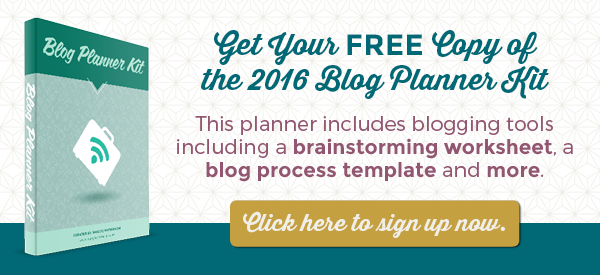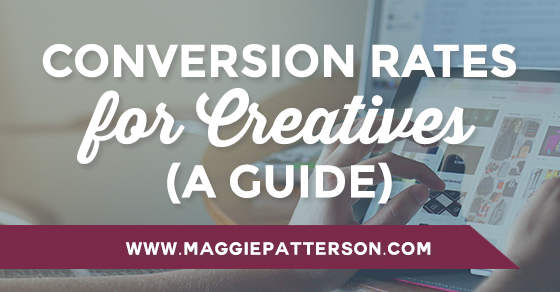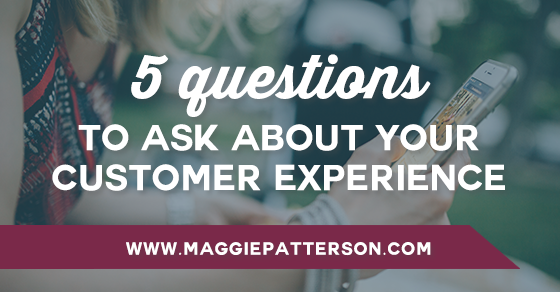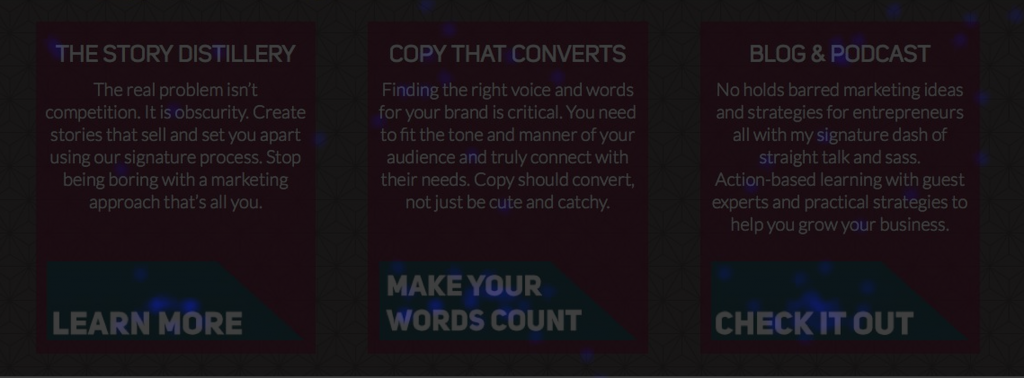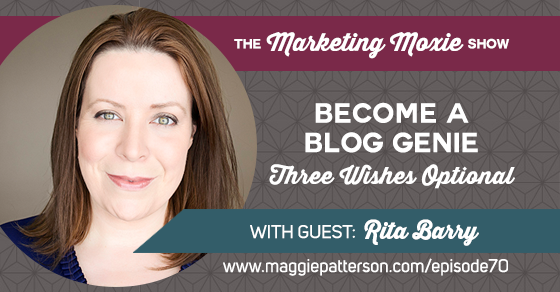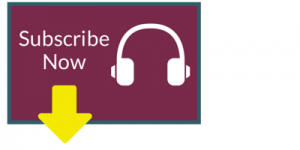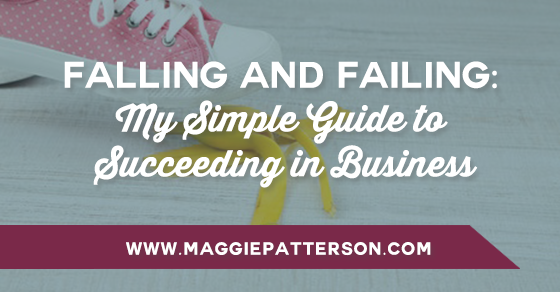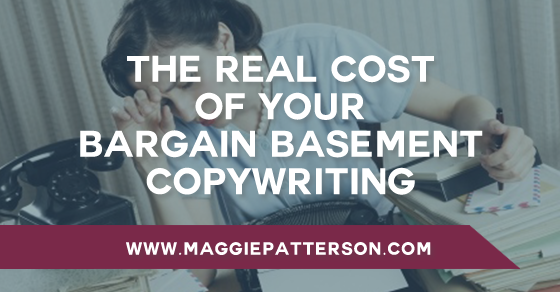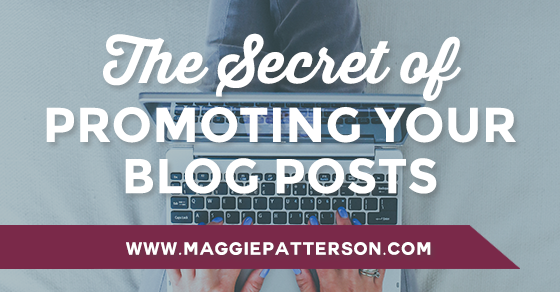
You’ve written a blog post so it’s cause for celebration. Pop the bubbly! Alert the press! You’ve got BIG THINGS to share.
Prepare for the parade of people to your site to be wowed by your genius.
If only this blogging thing was this easy.
The truth is that publishing a post is only half (or maybe even less than half) the battle. Once your little slice of genius is on the web, now you need to promote it, because if you publish it, it doesn’t mean you’ll magically have readers.
Blogging is an exercise in persistence, patience and promotion. It’s all about the long game, because while one post may be the one that sends you lots of traffic, you may find you get crickets on others and you need to build a loyal, faithful audience over time.
While you may have heard the overnight success story of a blogger who made a zillion dollars just blogging, that’s the exception and not the rule. Most blog posts don’t see the light of day, so it’s up to you to understand that to build an audience, people need to see your posts. And for them to see posts, you need to be hustling to promote them.
So while you’re furiously planning out your posts for the coming months, promotion needs to part of that plan.
Let’s break down how to promote your posts from the day of publishing and beyond:
Publishing Day
Your post is published, so now what? The question you need to answer here is how do you get eyeballs on your post and connect with YOUR audience so your content is found, read and shared.
The key is to figure out where your ideal audience can be found. Promoting to a bunch of places with wrong-for-you readers isn’t going to do much to build your business which, after all, is the point of blogging for your business.
Cultivate a list of places to promote your post based on where you know your ideal audience is. Create a checklist so that once you publish, you know you need to ensure to hit each of those places.
What should you include on your list? Here are a few suggestions:
- Social media networks
- Craft a series of social media updates/images for each social network
- Call out any expert sources you refer to in your post on social media
- Sharing in groups you’re involved in
- Promote via an ad on Facebook
- Reach out to influencers via email
- Submit it to Scoop.it or Reddit
- Answer questions with your post on Quora
That’s by no means an exhaustive list, but it’s a good place to start. Remember, this is just publishing day – day one of many of promoting your content. But get intentional, build that checklist and set aside time to promote on the day you publish.
The Week After Publishing
Extend the life of your content by ensuring you continue to promote your post in the week after you publish.
The big one is continuing to share it on social media with new updates, fresh images and more. Don’t assume that because you had two Tweets and a Facebook update about the post that everyone saw it. Social media moves fast so your content likely isn’t being seen by even a smidgen of your total possible audience.
Beyond social, this is a good time to consider republishing the content on other networks including Medium or the Huffington Post if you’re a blogger there. Many sites enable you to syndicate your content there so you’re able to share the content that you’ve already published.
The key here is to get creative so you can continue to share this content over and over again so it doesn’t lose momentum.
Weeks and Months to Come
If you’re publishing weekly, it’s easy to create a 7 day promotion cycle and then simply move on to your next post. But there’s so much possibility in each piece of your published content. Every month, spend time planning out how to maximize that content so you can continue to use it as an asset.
Every post is an asset, which means you can save time by recycling your brilliance. (And if you need help getting this organized, check out the Blog Planner Toolkit – there’s a content recycling email in that series that you won’t want to miss!)
My challenge to you is to take each piece of content and recycle it using at least one of the below ideas:
- Create a graphic for Pinterest and start building your presence on this fun platform. (This is quickly becoming of my biggest sources of traffic to my site.)
- Turn your blog post into a Slideshare. This forgotten network is a great place to share content especially if you run a B2B business.
- Repurpose the content as a podcast episode, audio training, video training or other piece of content you can publish. Remember, you should only be covering a set number of topics and themes, so you will cover the same topic more than once.
- Take all of your posts on a theme and turn them into a piece of opt-in content that subscribers can sign up for.
- Resurface your posts using a social media tool like EDGAR so your best content continues to be seen and shared.
- Share your past blog posts as part of your welcome email sequence after your opt-in gift. Your best posts are the perfect thing to share with new subscribers.
- Take multiple posts and re-use the content in list posts, round-ups and other new posts.
If you can, pick how you can extend the life of your content as you’re planning it so you’ve got a plan in mind and can create any social updates, images or other assets as required. For example, when our team creates a blog post, we create two Pinterest images with it, knowing we’ll be using them in the coming weeks. That little bit of foresight saves time (and money) later!
Are you ready to start promoting and not just publishing your posts? Make this a priority for 2016 and you’ll reap the benefits of greater traffic and more of your content being seen. And you can get an extra hand with your blogging for the New Year by signing up for the Blog Planner Kit below.
